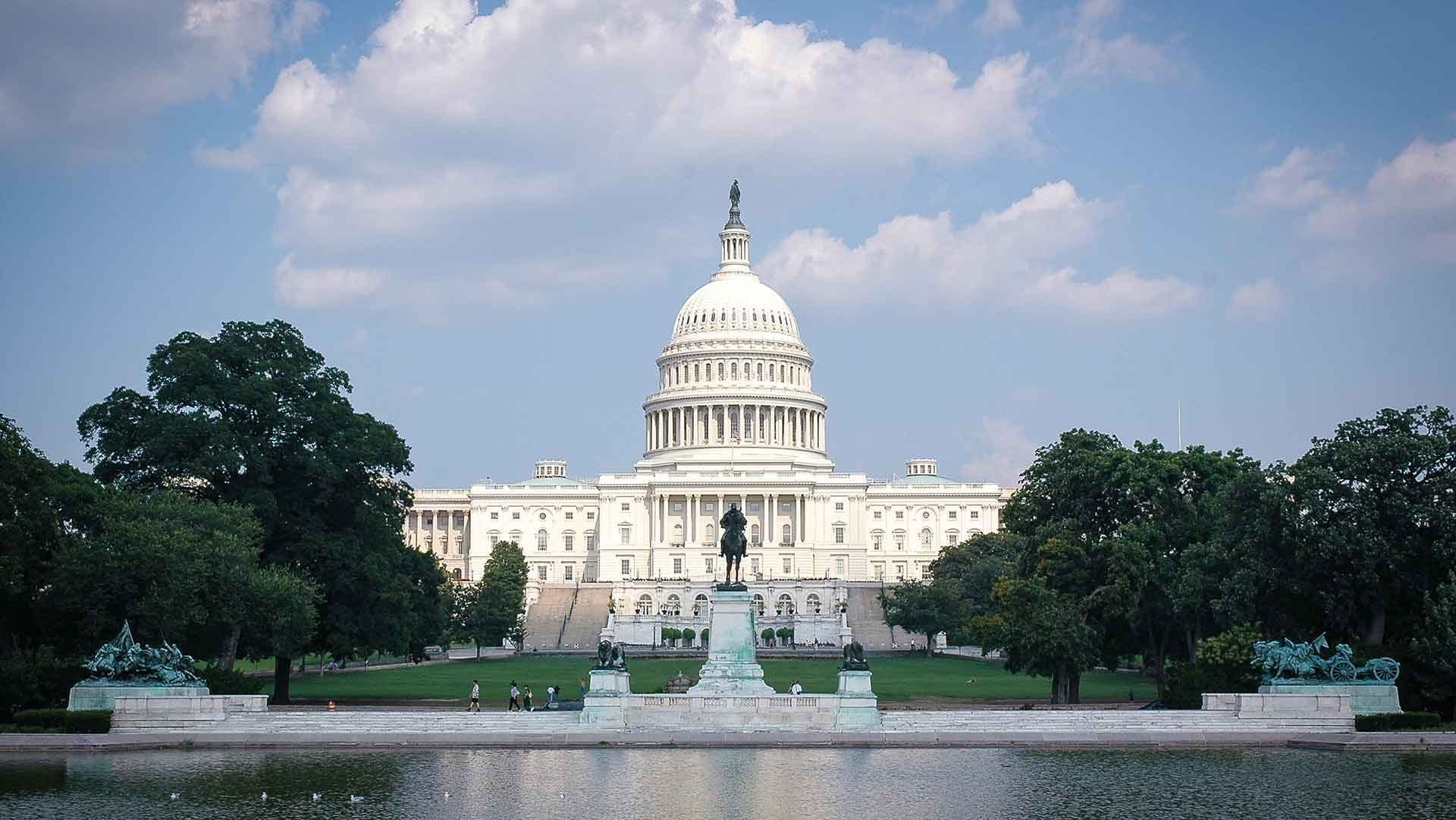The recent wildfires in Los Angeles have ignited a fierce battle on two fronts: the immediate need to address the environmental crisis and the intricate political dynamics that accompany such disasters. As flames engulf vast areas of land, local leaders are faced with the daunting task of coordinating firefighting efforts while also addressing the underlying issues that contribute to the frequency and intensity of these wildfires.
The wildfires in Los Angeles are not merely a result of natural occurrences; they are significantly influenced by climate change, which has led to hotter and drier conditions in the region. These environmental factors create a perfect storm for wildfires, making it increasingly difficult for firefighters to contain blazes once they start. The situation is further complicated by urban development, which has encroached upon natural landscapes, increasing the risk of fires spreading into populated areas.
In response to the ongoing crisis, local government officials are mobilizing resources to combat the fires. Fire departments are working around the clock, deploying firefighters, equipment, and aerial support to contain the flames. However, the scale of the wildfires often overwhelms available resources, leading to calls for additional funding and support from state and federal agencies. This has sparked a political debate about the adequacy of current funding levels for firefighting and emergency response efforts.
As leaders navigate the immediate challenges posed by the wildfires, they are also compelled to engage in discussions about long-term strategies for fire prevention and environmental sustainability. This includes examining land management practices, such as controlled burns and vegetation management, which can help reduce the fuel available for wildfires. Additionally, there is a growing recognition of the need to address the broader implications of climate change, which requires coordinated efforts at local, state, and national levels.
The political landscape surrounding the wildfires is further complicated by differing opinions on how best to allocate resources and implement policies. Some leaders advocate for increased investment in firefighting infrastructure and technology, while others emphasize the importance of addressing the root causes of climate change through sustainable practices and policies. This divergence in priorities has led to heated debates among policymakers, environmental advocates, and community members.
Moreover, the impact of the wildfires extends beyond immediate firefighting efforts. Communities affected by the fires face significant challenges in terms of recovery and rebuilding. Displaced residents must navigate the complexities of insurance claims, temporary housing, and long-term recovery plans. Local leaders are tasked with ensuring that these communities receive the support they need, which requires collaboration with various stakeholders, including non-profit organizations and federal agencies.
The wildfires also serve as a stark reminder of the interconnectedness of environmental and political issues. As leaders grapple with the immediate crisis, they must also consider the long-term implications of their decisions. This includes addressing the social and economic disparities that can exacerbate the impact of wildfires on vulnerable communities. Ensuring equitable access to resources and support is a critical component of any comprehensive response to the crisis.
In conclusion, the wildfires in Los Angeles have thrust local leaders into a complex arena where they must confront both environmental and political challenges. The urgency of the situation demands immediate action to combat the fires, but it also necessitates a thoughtful approach to long-term strategies for fire prevention and climate resilience. As the flames continue to threaten lives and property, the decisions made by leaders today will have lasting implications for the future of the region and its communities.

